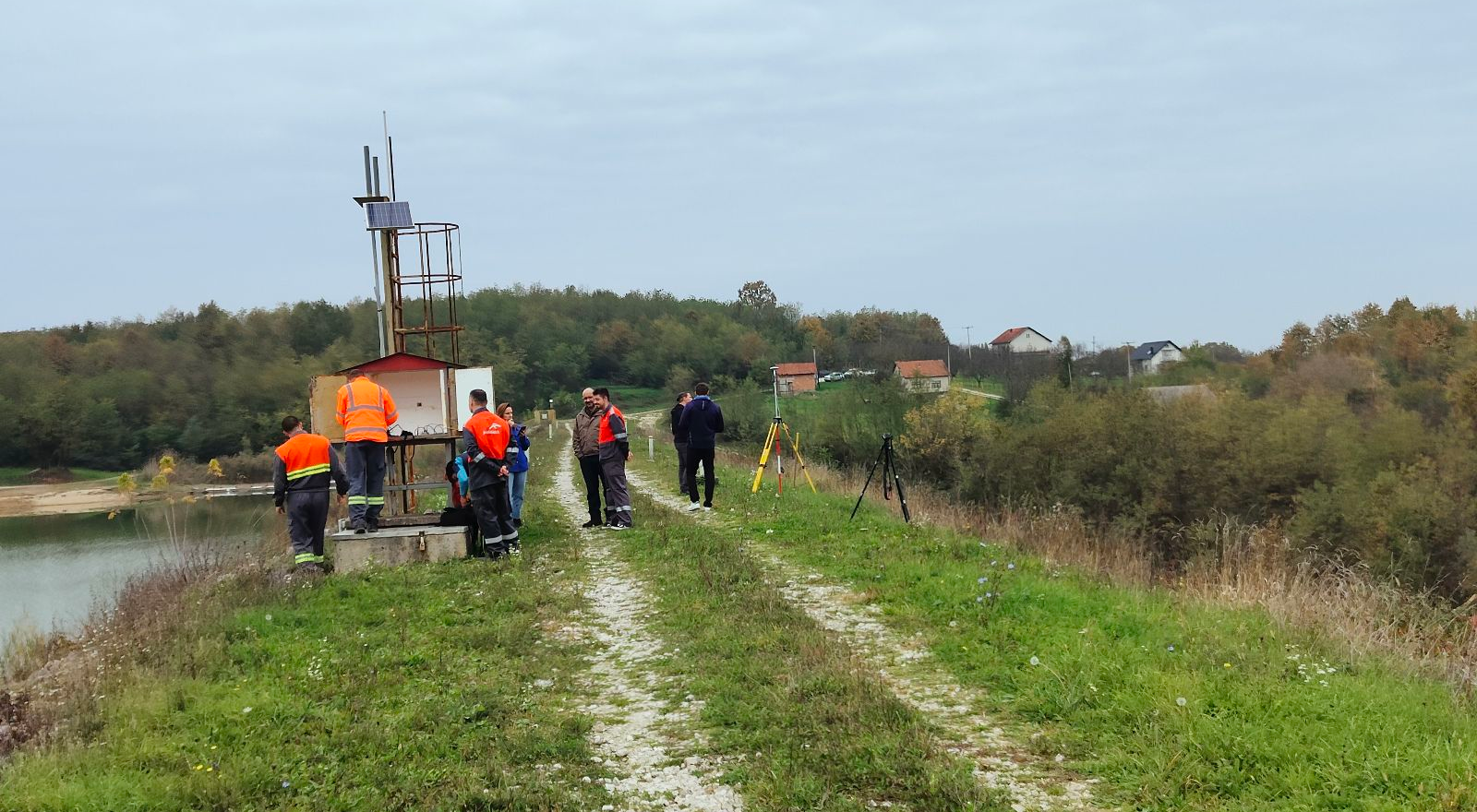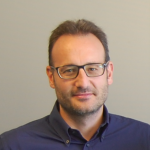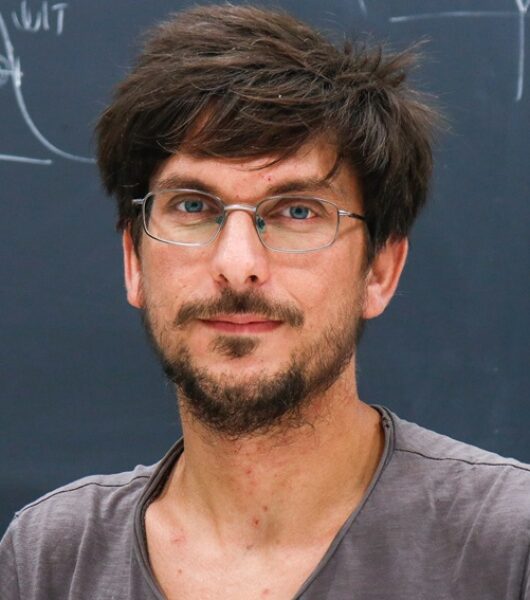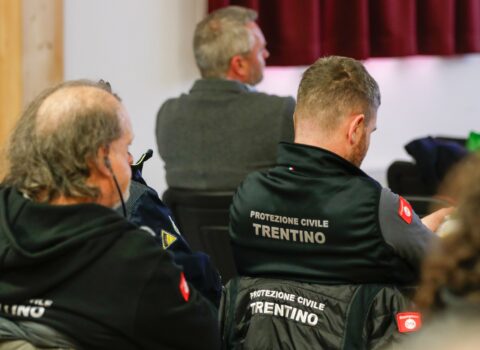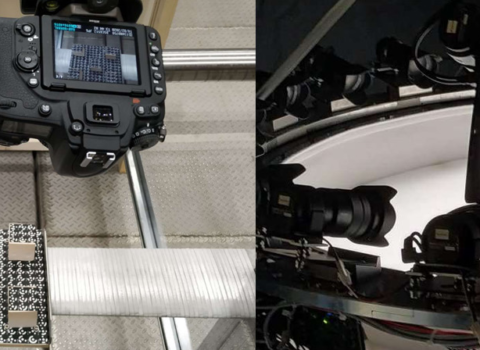
Mining safety ensured with SEC4TD
FBK, a partner in the European SEC4TD project, contributed to the development of IoT-based GNSS sensors and predictive analytics for monitoring and risk management in mine tailings storage dams.
Ensuring the safety of mining infrastructure, especially tailings (waste) dams, is a global challenge that is increasingly urgent in the face of environmental hazards and the effects of climate change. This is the context for the European project SEC4TD (Securing tailings dam infrastructure with an innovative monitoring system), co-funded by the EIT – Raw Material program, which aims to innovate tailings storage facility (TSF) monitoring through advanced technology solutions.
Recent disasters, such as the 2024 landslides in Myanmar and Turkey, show how vulnerable these infrastructures are: there are an average of 20 TSF failures every decade, with serious consequences for downstream communities and the environment. The Stava Valley (Trento, Italy) disaster that killed 268 people in 1985 was due to the failure of a mining tailings dam. In recent years there has been a trend to shift these risks from developed to developing countries and, unfortunately, a tendency to mistrust the mining sector. SEC4TD was created precisely to make monitoring more regular, intelligent and predictive, overcoming the current limitations and costs of technologies used in the mining industry.
Fondazione Bruno Kessler (FBK) is leading the way with the 3D Optical Metrology (3DOM) and Data Science for Industry and Physics (DSIP) research units that have collaborated on the SEC4TD project led by Spanish company WorldSensing.
An integrated system for prevention
The goal of SEC4TD is to integrate advanced technologies into an ongoing monitoring system that is cost-effective, scalable, and capable of providing predictive analytics. The consortium behind it is composed of seven European partners (WorldSensing, FBK, ArcelorMittal, Geoteko, KGHM Cuprum, National Technical University of Athens and Universitat Politècnica de Catalunya) with interdisciplinary expertise: geotechnical engineering, GNSS sensing, IoT, numerical modeling, artificial intelligence and digital interfaces for decision-making.
FBK has contributed to the development of low-cost, high-precision GNSS technology-based monitoring devices, supported by IoT (Internet of Things) solutions for data communication, and to the construction of predictive models and decision-support tools, which are essential for assessing the stability of structures and preventing criticalities.
The SEC4TD project now offers three solutions:
- An accurate positioning system based on GNSS technology, integrated with IoT communication solutions, to constantly monitor structure deformations (https://www.youtube.com/watch?v=NI4KChcYbu8).
- An automated Factor of Safety calculation tool for real-time updating of geotechnical and structural models of storage facilities to identify any deformations or critical situations at an early stage: the method integrates sensors, numerical modeling and data prediction, offering real-time estimation and projection of stability conditions (https://youtu.be/jWNcvwAHoCQ).
- A decision-maker dashboard, which aggregates all essential information in a primary view, but also allows in-depth explorations to support operational, management and strategic decisions (https://www.youtube.com/watch?v=xYVyKEIsNO8).
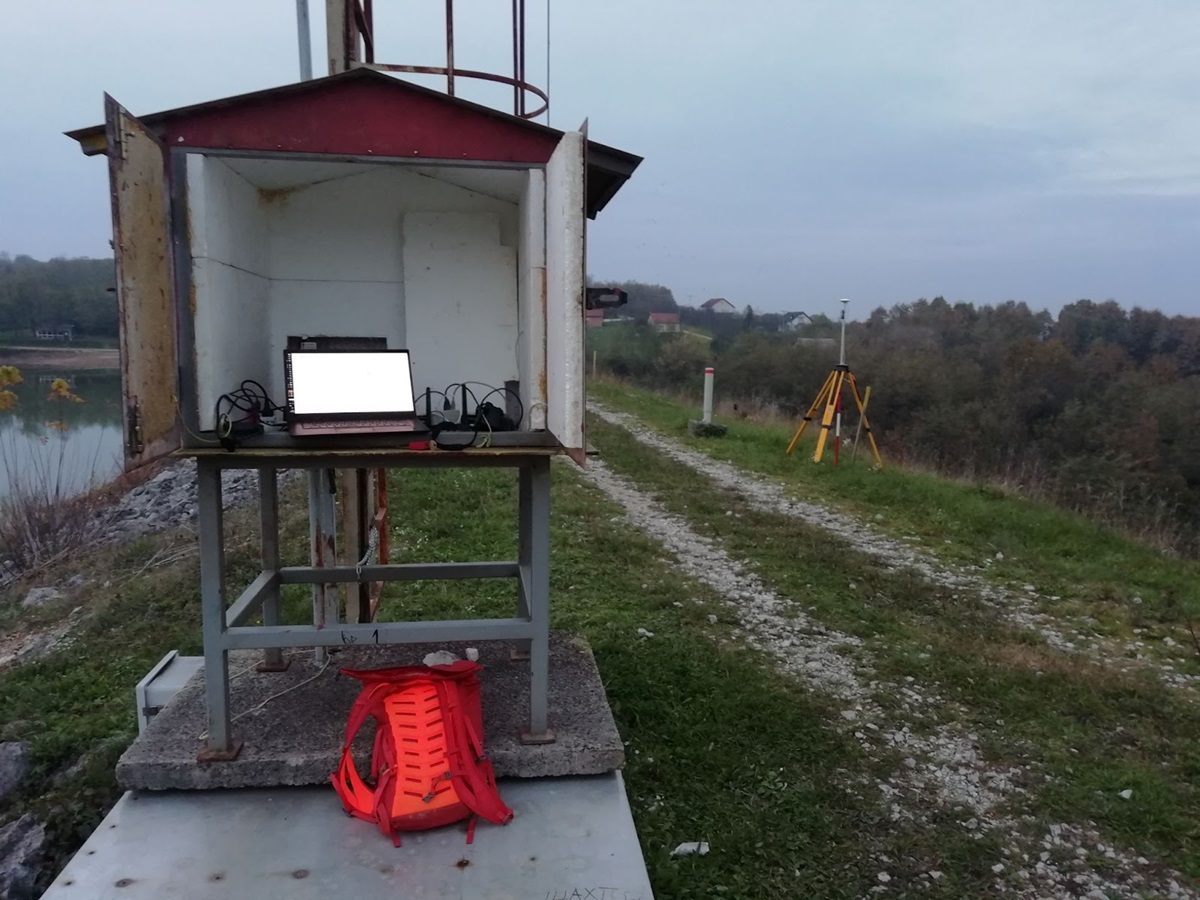
FBK’s involvement was manifold, cooperating in technology development activities but also in the project’s communication activities. “FBK’s 3DOM unit, which has been active for years in the development of infrastructure and land monitoring solutions, supported the project activities with its experience in the geomatics sector,” Fabio Remondino, head of the 3DOM unit, explained. “We collaborated on the creation of a robust solution,” Remondino went on, ”with low cost, capable of operating in remote and hostile environments, with sub-centimeter accuracy. This makes it ideal for infrastructure such as dams, bridges or unstable slopes. In SEC4TD, the interdisciplinary work of the consortium was crucial, resulting in a highly innovative product.”
At the same time, the Data Science for Industry and Physics (DSIP) unit collaborated on data analysis, helping to create predictive models and decision support tools. Data collected from GNSS sensors, along with other geotechnical inputs, are integrated and processed to feed a finite element numerical model capable of simulating the evolution of the TSF system over time and space.
The products of the SEC4TD project are now being validated at two earthfill dams (in Poland and Bosnia) in collaboration with the project’s mining partners.
Through this ecosystem, SEC4TD enables a quantum leap in TSF monitoring, moving from a static and reactive approach to a dynamic and predictive one geared toward prevention and rapid response.
Perspectives and Impacts
The wide adoption of solutions like the one offeredby SEC4TD represents a paradigm shift for the mining industry. Not only because of the technologies per se, but because of the integrated and interdisciplinary approach to infrastructure safety.
“The GNSS IoT-based device developed with WorldSensing features signals from multiple constellations and RTK corrections with a nearby base which allows to reach relative precisions below the cm-level”, Raniero Beber, researcher with FBK’s 3DOM unit, explained. “This approach finally makes the protection of critical infrastructure a realistic, sustainable and automatable goal: the system is able to trigger real-time alerts and support fast and effective decisions.”
Given the disastrous consequences that a tailings dam failure could have, both in terms of human lives and environmental impact, it is critical to implement all available technology resources to ensure its safety. The SEC4TD project takes the mining industry in the right direction toward online TFS monitoring, data-driven decision making, risk management, and prompt emergency response, with good prospects for industrial scalability of the developed solutions.
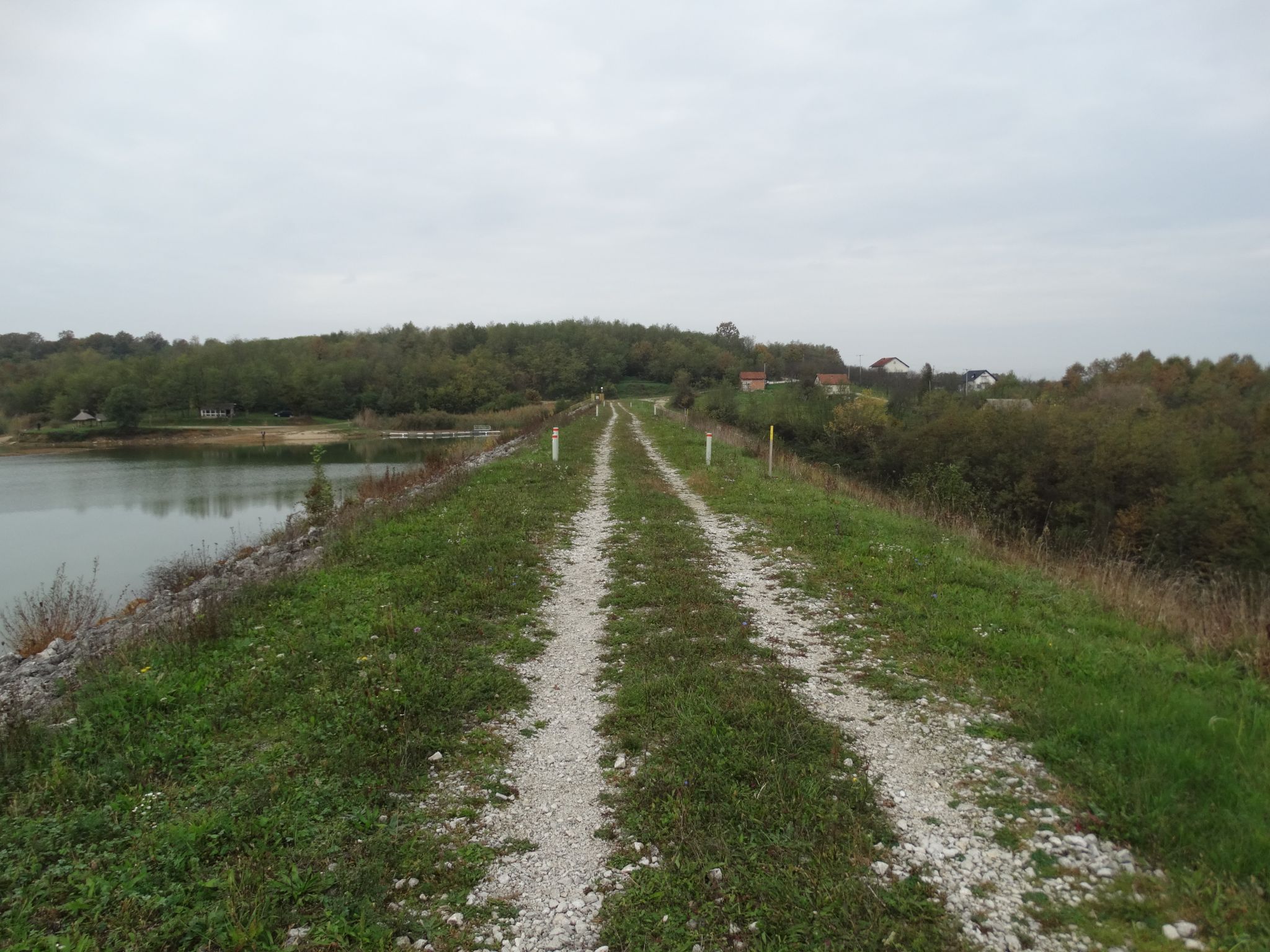
LINK AL PROGETTO: https://sec4td.fbk.eu/
